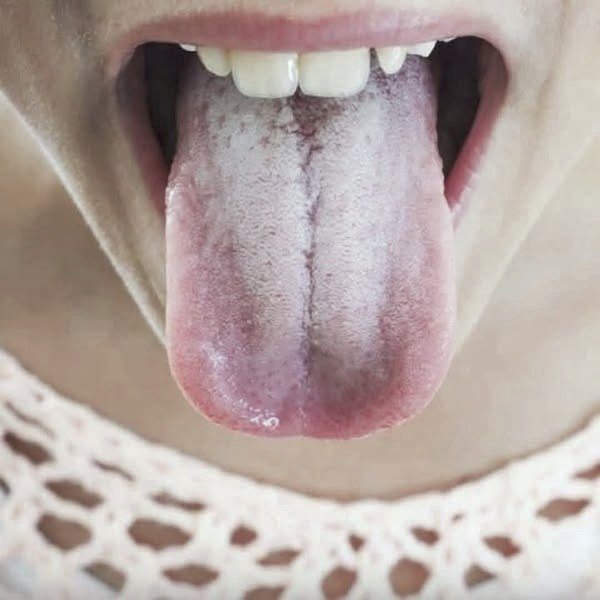The human body has an incredible way of signaling when something isn’t quite right, and your tongue is no exception. A white tongue, while often harmless, can sometimes indicate underlying health conditions that shouldn’t be ignored. Whether it appears as a uniform coating or spotty patches, a white tongue can result from a variety of causes, ranging from minor lifestyle factors to more serious medical concerns.
If you’ve noticed changes in the appearance of your tongue, understanding the potential causes can help you determine whether it’s time to seek medical advice. Let’s explore some of the most common reasons behind a white tongue and what they might mean for your overall health.
1. Poor Oral Hygiene
One of the most frequent causes of a white tongue is inadequate oral hygiene. When bacteria, food particles, and dead cells accumulate on the surface of the tongue, they can create a whitish coating. This buildup is often the result of not brushing your teeth regularly, neglecting to clean your tongue, or skipping flossing.
What You Can Do:
Maintain good oral hygiene by brushing your teeth twice daily, using a tongue scraper to remove debris, and rinsing with an antibacterial mouthwash. Regular dental checkups are also essential for keeping your mouth healthy.
2. Dehydration
Dehydration can cause your mouth to become dry, which may lead to a white or pale tongue. Saliva plays a crucial role in washing away bacteria and maintaining oral health, so a lack of saliva due to dehydration can allow these substances to build up.
What You Can Do:
Drink plenty of water throughout the day to stay hydrated. If dry mouth persists despite adequate hydration, consult a healthcare professional, as it could be related to other conditions like Sjögren’s syndrome or medication side effects.
3. Oral Thrush (Candidiasis)
Oral thrush is a fungal infection caused by an overgrowth of Candida albicans , a type of yeast naturally present in the mouth. When this balance is disrupted—due to factors like antibiotics, weakened immunity, or diabetes—white patches may develop on the tongue and inner cheeks. These patches can sometimes be wiped off but may leave red, irritated areas underneath.
What You Can Do:
If you suspect oral thrush, see your doctor. Treatment typically involves antifungal medications, either topical (like lozenges) or oral (such as pills). Maintaining proper oral hygiene and managing any underlying conditions, such as diabetes, can also help prevent recurrences.
4. Smoking
Smoking is another common culprit behind a white tongue. Tobacco use can irritate the tongue and promote bacterial growth, leading to discoloration. Additionally, smoking increases the risk of leukoplakia, a condition characterized by thickened, white patches inside the mouth that cannot be scraped off.
see continuation on next page
